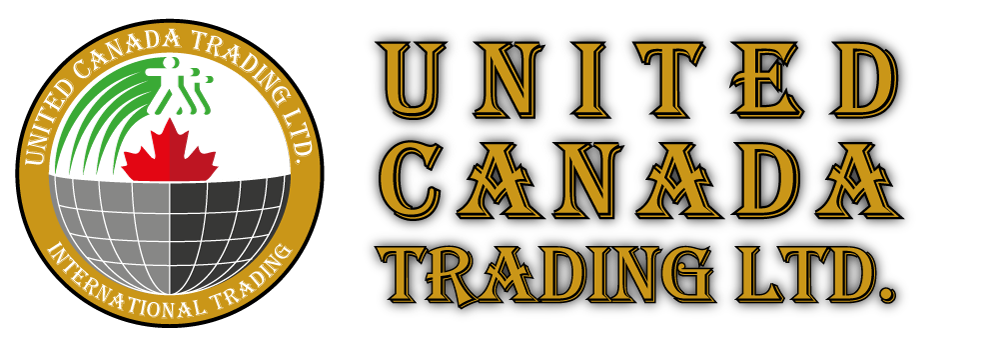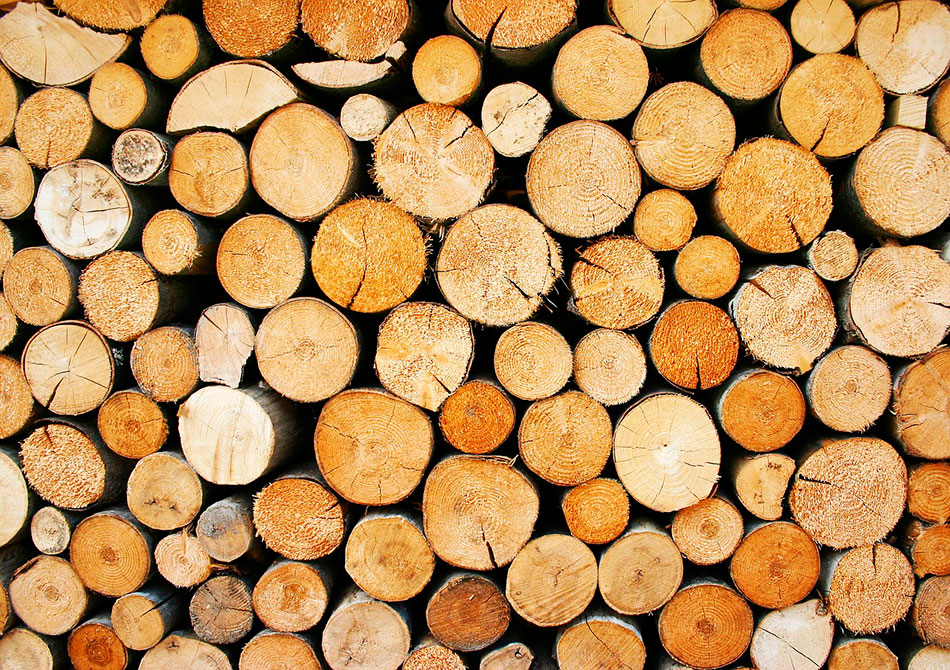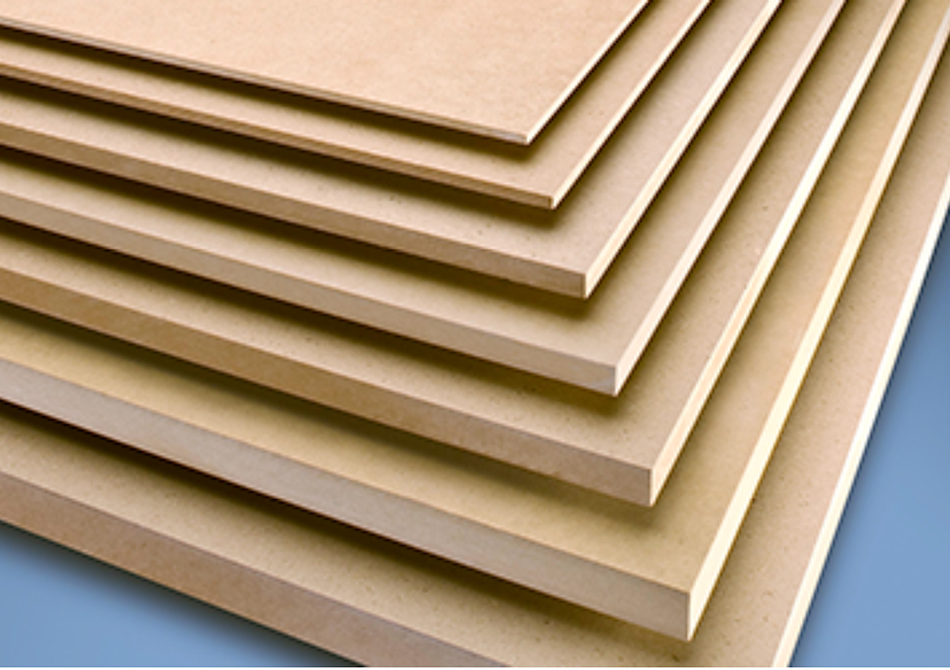
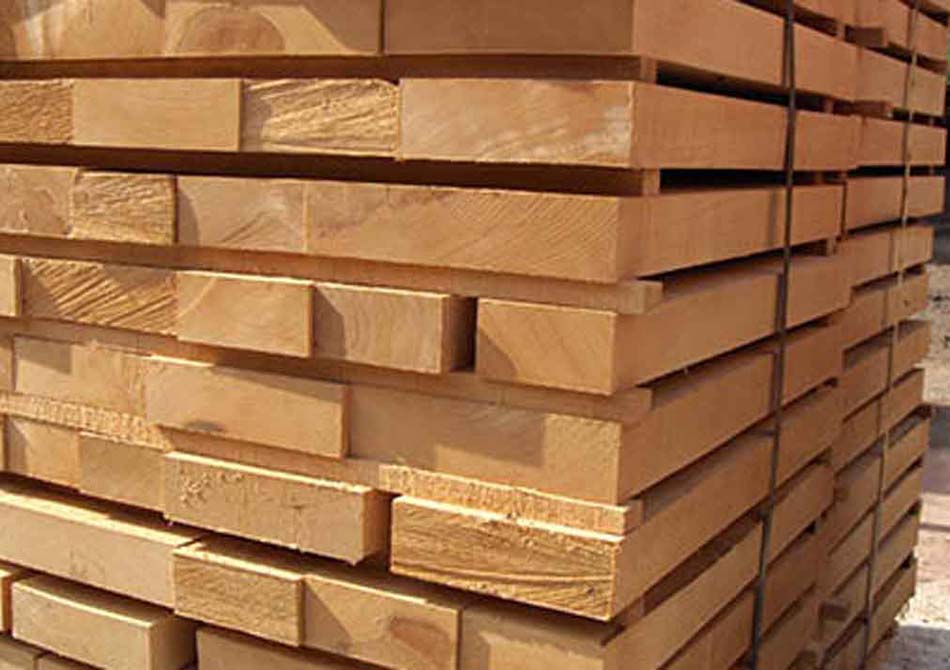
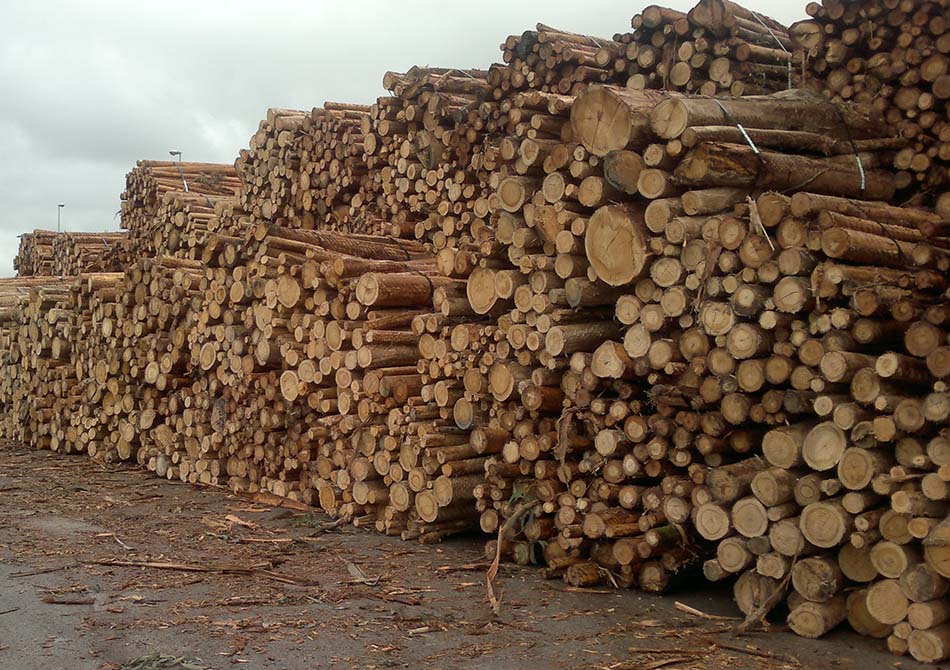
Wood Raw Materials
There are many different kinds of wood. Often wood is categorized either as Softwood (conifers) and Hardwood (leaf based), however within these types there are many variants. Each type will have to be evaluated before briquetting; you can read below what influences the production of a good briquette.
Besides Softwood and Hardwood, there are also Demolition Wood, MDF and Torrefied Wood, which you also can read about on the following pages. The website will continuously be updated with more information about different wood based raw materials.
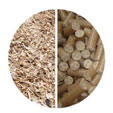
Demolition Wood
Demolition wood includes raw materials such as old pallets and similar types of fairly clean raw material.
In some countries with warm climate it is possible to collect the raw material in dry condition, but in other cases the moisture content is often around 25% and the raw material needs to be dried.
The raw material needs to be shredded and hammer milled on a special production line, which includes sand, metal removal and detection. After processing the raw material, it can be briquetted on our standard equipment. The briquettes can either be used for industrial boilers or for consumer logs.
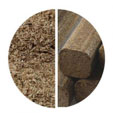
Hardwood
Hardwoods mainly come from trees that reproduce flowers and have broad leaves instead of needles like softwoods have. Most known species are: Alder, ash, beech, cherry, chestnut, elm, hickory, mahogany, maple, oak, rosewood, teak, walnut etc.
Hardwoods can be treated in wet or dry form (below 15% moisture). In wet form the raw material can be logs, branches, chips, saw dust etc., and the process will vary from type but includes chipping, drying and hammer milled prior to briquetting.
In dry form, which typically comes from wood manufacturing, the raw material will be in shavings, chips, off-cuts and might or might not need to be down – sized prior to briquetting.
Hardwood briquettes can either be used for industrial boilers or for consumer logs. Due to the low ash content wood briquettes are often the preferred fuel. Hardwood briquettes normally have a higher density than softwood.
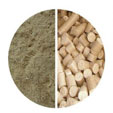
MDF
MDF wastes normally come in the form of dust or chips. Mostly the raw material is dry, and often too dry for briquetting – 6-8% moisture. By adding water up to 10% moisture the raw material can be briquetted well and we have developed a special solution for this.
The briquettes are normally used for fuel in special boilers, but customers often obtain a reasonable sales price for the briquettes and avoid a disposal costs.
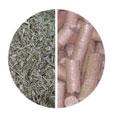
Pine
Pine is also a softwood. Softwood is the source of about 80% of the world’s production of timber. Other known species are spruce, fir, cedar, larch and redwood.
Softwoods can be treated in wet or dry form (below 16% moisture). In wet form the raw material can be logs, branches, chips, saw dust etc., and the process will vary from type but includes chipping, drying and hammer milled prior to briquetting.
In dry form, which typically comes from wood manufacturing, the raw material will be in shavings, chips, of cuts and might or might not need to be down – sized prior to briquetting.
Softwood (pine) briquettes can either be used for industrial boilers or for consumer logs. Due to the low ash content wood briquettes are often the preferred fuel.
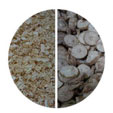
Softwood
Softwood is wood also known as conifers. Softwood is the source of about 80% of the world’s production of timber. Most known species are pine, spruce, fir, cedar, larch and redwood. Not all softwoods are soft, but here we describe the most common species.
Softwoods can be treated in wet or dry form (below 15% moisture). In wet form the raw material can be logs, branches, chips, saw dust etc., and the process will vary from type but includes chipping, drying and hammer milled prior to briquetting.
In dry form, which typically comes from wood manufacturing, the raw material will be in shavings, chips, of cuts and might or might not need to be down – sized prior to briquetting.
Softwood briquettes can either be used for industrial boilers or for consumer logs. Due to the low ash content wood briquettes are often the preferred fuel.
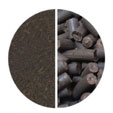
Torrefied Wood
Torrefied wood is regarded as the new “coal”. Apart from having many similarities with coal, it is still renewable energy and believed it will replace many types of biomass within the years to come. The main advantage is that the densified torrefied biomass can replace coal in existing power plants.
The process of producing is a specialized process, which will not be described here, but the raw material is more difficult to densify than normal biomass. C.F. Nielsen has developed special applications and equipment to briquette torrefied wood. The briquettes are mostly used for industrial boilers.
